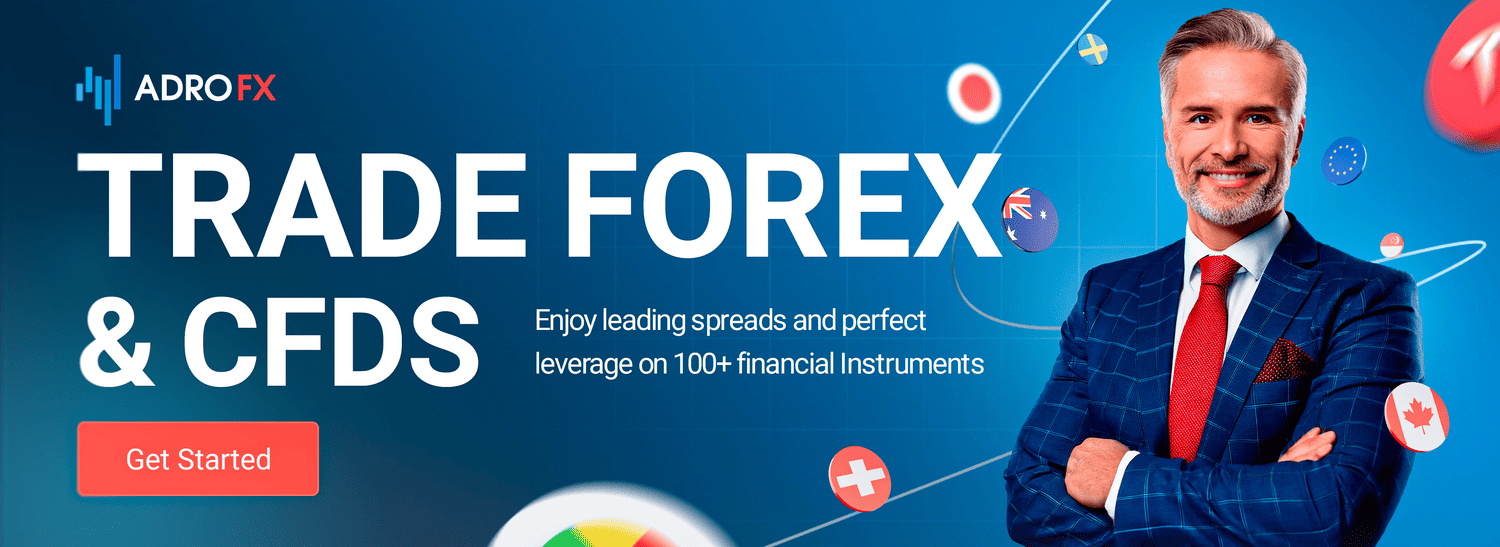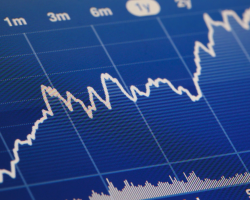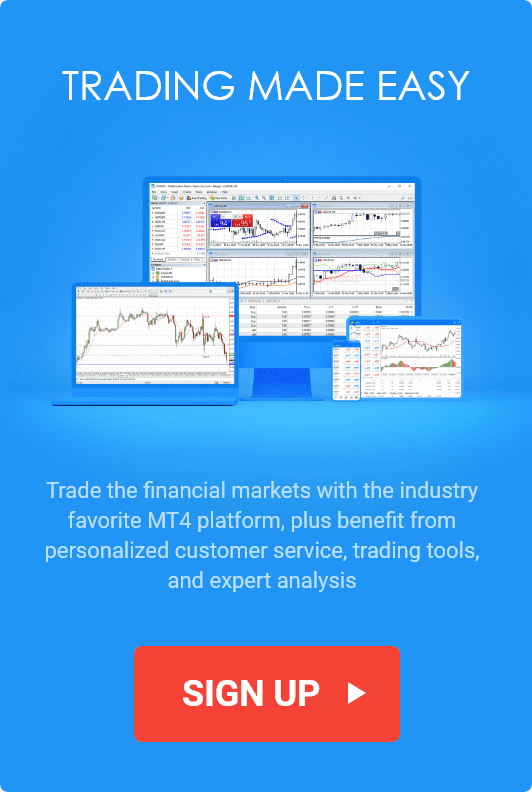Trade Management Essentials: Maximize Profits and Control Risks with Proven Strategies
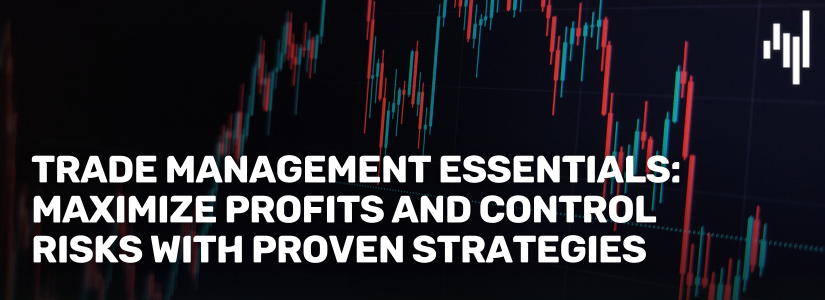
Are you effectively managing your trades, or leaving profits on the table? Many traders focus on finding the right entry points but overlook a crucial element that can make or break their success: trade management. Trade management refers to the strategic approach to handling open trades to maximize profits and control risks. This involves setting appropriate Stop Loss and Take Profit levels, monitoring positions, and making adjustments as market conditions change.
Incorporating trade management into your trading strategy is essential for maintaining consistent profitability and managing the inherent risks of the market. With a structured trade management approach, traders are better equipped to navigate volatility and protect their capital, which can be vital for building a sustainable trading career. Whether you're trading through AdroFx or any other platform, mastering trade management can set you on the path to long-term success.
Why Trade Management Matters in Trading Success
Effective trade management is the cornerstone of trading success. By minimizing losses and capitalizing on favorable market movements, trade management allows traders to keep their risk exposure under control while maximizing potential gains. Rather than relying on predictions or luck, well-implemented trade management strategies empower traders to navigate market fluctuations with discipline, which is crucial for consistent performance.
Through techniques like setting Stop Loss orders, adjusting position sizes, and trailing stop adjustments, traders can shield themselves from unexpected downturns and lock in profits during favorable trends. Trade management in trading doesn’t just protect capital - it also builds confidence and resilience. With disciplined risk management in place, traders are less likely to make impulsive decisions, increasing their chances of long-term success.
Also read: Maximizing Trading Efficiency: Strategies for Enhanced Productivity and Success
Core Principles of Effective Trade Management
Effective trade management is grounded in a few core principles that help traders maintain control and discipline in their trades. First, planning trades is essential - successful traders approach each position with a clear entry, exit, and Stop Loss plan in mind. This helps prevent emotional decision-making and keeps trading aligned with predefined strategies.
Another key principle is controlling trade size. Managing the size of each trade relative to overall capital is crucial to avoid unnecessary risk. By setting risk-reward ratios that align with personal goals, traders can ensure they are consistently taking positions with favorable potential outcomes. Finally, having solid exit strategies is a vital component of trade management. Whether a trade is profitable or not, pre-defined exit points help traders avoid holding on to positions too long or exiting prematurely. Sticking to these principles and maintaining trading discipline will build confidence and enhance overall performance.
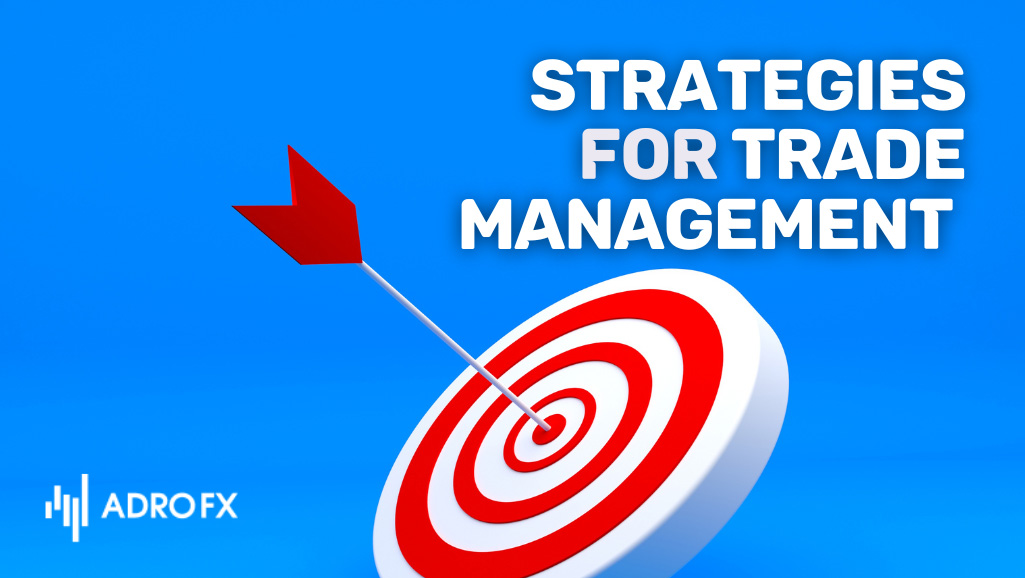
Strategies for Trade Management in Different Market Conditions
Effective trade management varies according to market conditions. Adapting to changes in trends, volatility, and market structure allows traders to optimize their strategies for different environments.
Trending Markets
In trending conditions, using trailing Stop Loss orders can help lock in profits as the trend moves in your favor. Scaling into positions as the trend confirms can also be effective, but it’s important to avoid overleveraging. In this environment, setting wider Stop Loss levels may help avoid getting prematurely stopped out.
Ranging Markets
For sideways or ranging markets, tighter Stop Losses can help protect capital, as price movements tend to be less directional. Profit-taking strategies should focus on the range boundaries, allowing traders to capture gains as price oscillates between support and resistance levels.
High Volatility
During high-volatility periods, smaller position sizes are prudent to manage the increased risk of sharp price swings. Traders should consider wider stops to accommodate volatility without exiting trades too early, while also setting conservative profit targets to secure gains in unpredictable conditions.
Low Volatility
In calm, low-volatility markets, trade opportunities may be fewer, so patience is key. Setting tighter stops and modest profit targets can be more effective, as price movements tend to be contained. Traders should exercise discipline, avoiding overtrading just to "make something happen" in a slow market.
Each of these market conditions requires unique adjustments to position size, Stop Loss placement, and profit-taking strategies to align with the level of risk and potential reward.
Also read: Ignoring Risk Management: The Fastest Way to Lose Your Investment | Essential Strategies for Success
Common Trade Management Mistakes to Avoid
Avoiding common trade management mistakes is crucial to maintaining profitability and reducing unnecessary losses. One frequent error is overleveraging, where traders take on positions that are too large relative to their account size, which can lead to significant losses if the market moves unfavorably. Sticking to a disciplined position-sizing strategy can mitigate this risk.
Neglecting Stop Losses or failing to set them altogether is another common mistake. Without a Stop Loss, traders expose themselves to potentially unlimited losses. It’s equally important not to move Stop Losses too soon - adjusting stops prematurely can result in being stopped out before the trade has a chance to develop. To avoid this, consider moving Stop Losses only when the trade has moved in your favor by a certain amount.
Finally, abandoning trade plans mid-trade is a costly mistake often fueled by emotions. When traders veer away from their initial strategy due to fear or greed, they undermine their long-term success. The best approach is to stick to the original plan, as this reinforces trading discipline and helps avoid impulsive decisions.
Tools and Indicators for Better Trade Management
In trading, the right tools can make all the difference when it comes to effective trade management. By using specific trade management tools and indicators, traders can make more informed decisions on setting entry and exit points, establishing Stop Loss levels, and determining the right position sizes. Let’s dive into some key tools that can help traders manage their trades more efficiently.
One of the most commonly used tools is the moving average. This indicator helps smooth out price fluctuations, making it easier to spot trends and recognize potential entry and exit points. For example, when the price of an asset crosses above a moving average, it could signal a buying opportunity, while a price drop below the moving average might indicate a selling signal. By using moving averages, traders can stay aligned with the prevailing trend and avoid entering trades against market momentum.
Another invaluable tool is the Average True Range (ATR), which measures market volatility. ATR provides insight into how much an asset’s price typically moves within a specific period, allowing traders to set Stop Losses and position sizes based on the volatility of the asset. In highly volatile markets, traders may need to set wider stops to avoid being stopped out prematurely, while in less volatile markets, tighter stops can be applied. By incorporating ATR into their strategy, traders can align their risk management with current market conditions.
Risk calculators are also essential for managing trade positions effectively. These calculators help determine the appropriate position size based on the trader’s account size, risk tolerance, and Stop Loss levels. By using a risk calculator, traders can limit the amount they risk per trade to a manageable percentage of their overall account balance, typically 1-2%. This not only helps preserve capital but also prevents excessive exposure on any single trade.
These tools - moving averages, ATR, and risk calculators - equip traders with the information needed to make precise, data-driven decisions. Incorporating them into a trading strategy enables more controlled and disciplined trading, which is essential for long-term success.
Also read: Crafting a Resilient Path to Trading Success: The Top Ten Money Habits Every Trader Should Embrace
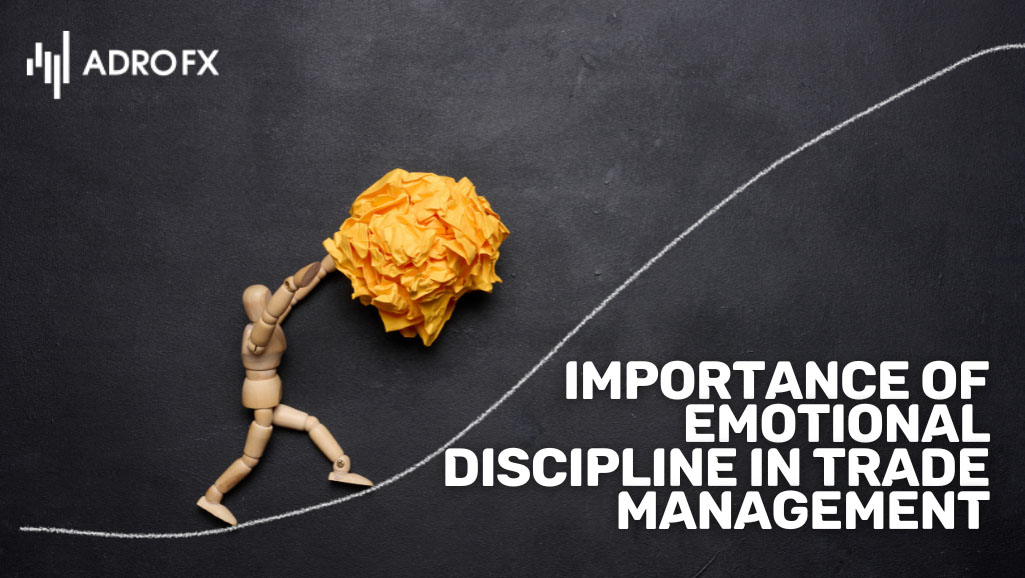
Importance of Emotional Discipline in Trade Management
Emotional discipline is one of the most challenging yet crucial aspects of trade management. In the fast-paced world of trading, emotions like fear and greed can cloud judgment and lead to impulsive decisions. Trading psychology plays a significant role in trade management, as staying calm and focused is essential to following a pre-determined plan.
When emotions take over, traders are prone to make poor choices. For example, fear might cause a trader to exit a position too soon, missing out on potential profits, while greed could tempt them to hold onto a winning position for too long, ultimately leading to losses. In volatile markets, maintaining emotional discipline becomes even more challenging yet critical. Without it, traders may abandon their trading plans in moments of high stress, which can significantly disrupt their overall strategy.
Developing emotional discipline involves being aware of emotional triggers and actively managing them. Techniques such as deep breathing, setting clear trading rules, and even taking short breaks during high-stress trading sessions can help. Another useful method is to treat each trade as a small, calculated part of a larger plan rather than an isolated make-or-break event. By fostering emotional discipline, traders can avoid knee-jerk reactions and stay focused on long-term goals, leading to more consistent and rational decisions.
Trade Management Tips for Long-Term Success
For traders aiming for long-term success, effective trade management goes beyond individual trades - it involves adopting practices that ensure continuous improvement and adaptation. Here are some tips for creating a sustainable trading routine.
First, regularly review and adjust your trading strategies. Markets are dynamic, and a strategy that worked well under certain conditions may not perform as effectively in others. By periodically evaluating your approach, you can make adjustments that keep your strategy relevant and effective as market conditions change.
Keeping a trading journal is another essential practice. By documenting every trade, along with the reasons for entering and exiting, traders gain insights into their decision-making patterns. Reviewing the journal regularly helps identify both strengths and areas for improvement. For example, if a trader notices a pattern of exiting trades too early due to fear, they can work on building more confidence in their setups.
Another important habit is to adapt your strategy based on performance. If you find that certain techniques consistently yield positive results, consider refining or scaling them up. Conversely, if a particular method continuously underperforms, it may be worth revisiting or eliminating from your toolkit. By refining your strategy based on actual performance, you enhance your ability to achieve long-term success.
Also read: Risk Management Simplified: Top Hedging Strategies for Traders and Investors
Conclusion: Trade Management as a Key to Consistency in Trading
Trade management is not just about placing trades; it’s about managing those trades with discipline, precision, and adaptability. Consistent and structured trade management plays a vital role in sustainable trading success, helping traders minimize losses, maximize gains, and stay on track with their long-term goals.
Using tools like moving averages, ATR, and risk calculators helps traders make data-driven decisions, while emotional discipline ensures they stick to their plans and avoid reactive decisions in volatile markets. By incorporating trade management best practices - such as regular strategy reviews, maintaining a trading journal, and adjusting based on performance - traders can improve their overall approach and position themselves for lasting success.
For anyone serious about achieving consistent results in trading, prioritizing trade management is essential. By making it a central part of your strategy, you can build the skills and habits that set successful traders apart from the rest.
Ready to take control of your trades and start building a sustainable trading strategy? Explore more of our articles on trade management at AdroFx or open a demo account to put these strategies into practice. With the right approach, you can begin developing the skills needed to manage your trades effectively and work toward long-term success.
About AdroFx
Established in 2018, AdroFx is known for its high technology and its ability to deliver high-quality brokerage services in more than 200 countries around the world. AdroFx makes every effort to keep its customers satisfied and to meet all the trading needs of any trader. With the five types of trading accounts, we have all it takes to fit any traders` needs and styles. The company provides access to 115+ trading instruments, including currencies, metals, stocks, and cryptocurrencies, which make it possible to make the most out of trading on the financial markets. Considering all the above, AdroFx is the perfect variant for anyone who doesn't settle for less than the best.
